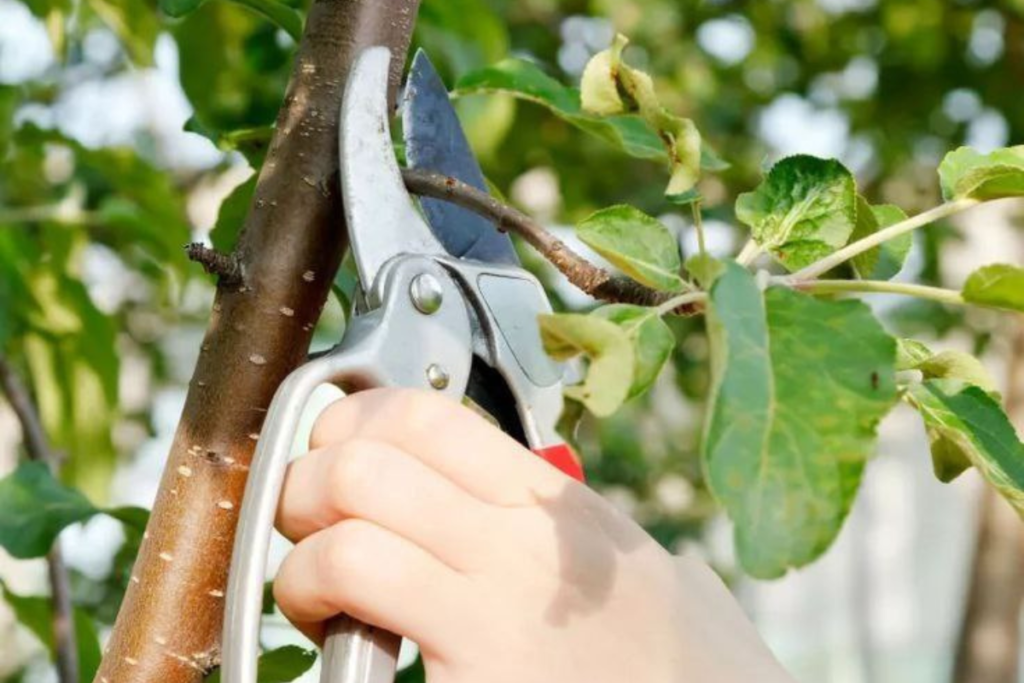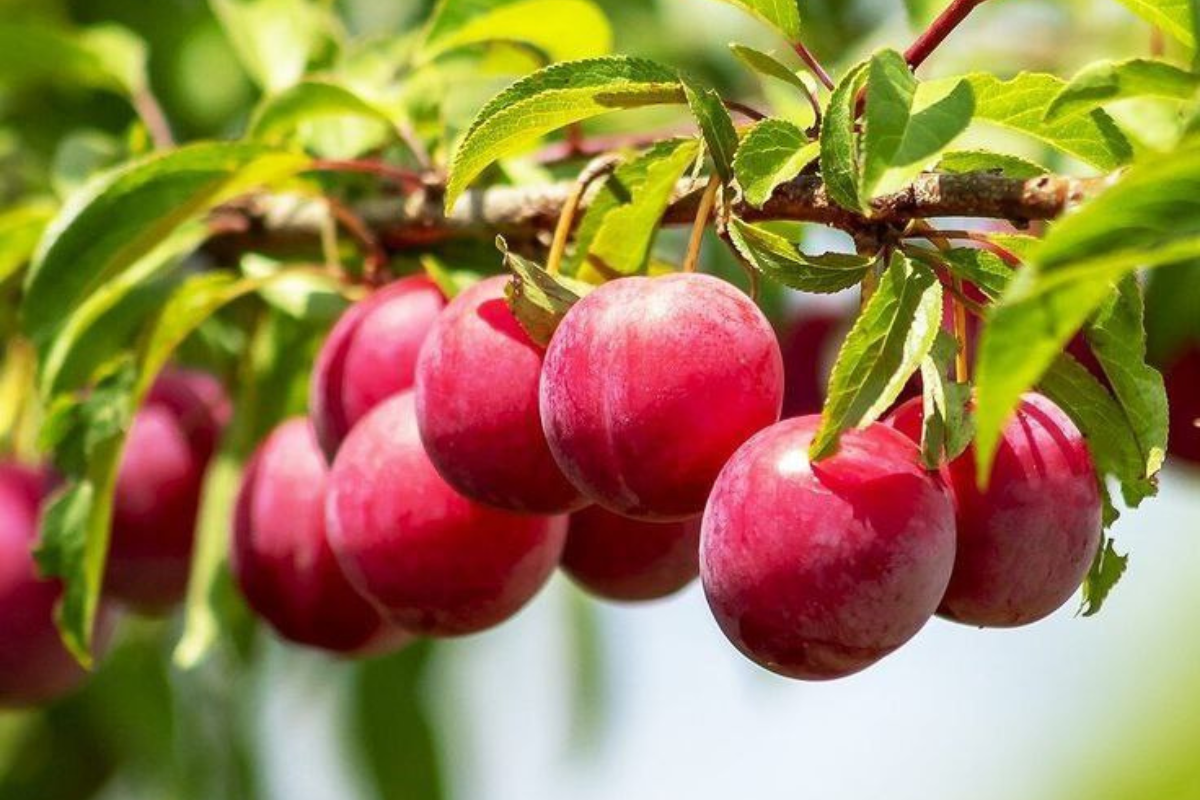Plum trees, while not as demanding as apples and pears when it comes to pruning, still benefit from proper training and the removal of old or diseased wood. Pruning helps improve air circulation, sunlight penetration, and overall tree health, resulting in better fruit production. The key to successful plum pruning is timing and technique to avoid issues such as silver leaf disease, a common threat to plums and other Prunus species.
When to Prune Plums

It is essential to avoid pruning plums in winter, as this increases the risk of silver leaf disease. For young plum trees, early spring is the best time to prune, while established trees are typically pruned in mid-summer. By following these guidelines, you help safeguard the tree’s health and encourage robust growth.
Pruning Methods for Plums
There are several methods for training and pruning plum trees, each suited to different growing spaces and tree sizes:
1. Bush Formation
The bush method is the most popular pruning style, where the tree is shaped with an open center and a clear stem (approximately 75cm or 2½ft). The tree’s final size will depend on the rootstock. For instance, plums grafted onto ‘Pixy’ rootstocks grow to about 3m (10ft), while those on ‘St. Julien A’ rootstock can reach 3.6-4.5m (13-15ft). Trees on ‘Brompton’ and ‘Myrobalan B’ rootstocks can reach up to 6m (20ft).
The aim of pruning a bush plum tree is to create a balanced structure with good airflow. Start by performing formative pruning in early spring, similar to apples and pears. For older trees, remove any crossing or weak branches, and eliminate suckers or buds from the lower trunk. Regular thinning during summer can help prevent overcrowding.
2. Pyramid Formation
Pyramid-shaped plum trees are smaller, making them ideal for bird netting. On ‘St. Julien A’ rootstocks, these trees grow to about 2.4m (8ft), and on ‘Pixy’ rootstocks, to 1.8m (6ft). Begin by pruning young trees in early spring, ensuring cuts are made above outward- or downward-facing buds.
In the first summer, prune new branches back to about 20cm (8in) above a bud, and side branches to 15cm (6in). As the tree matures, continue pruning the central leader by one-third each spring until it reaches the desired height. Remove competing vertical shoots in late June, and in July, prune the lateral branches to maintain a healthy shape.
3. Fan Training
Fan training involves growing the plum tree against a wall or fence, with horizontal wires spaced about 15cm (6in) apart. Trees on ‘Pixy’ rootstock typically reach 3m (10ft) tall with a 2m (6½ft) spread, while those on ‘St. Julien A’ rootstock grow to 3.6m (12ft) with a spread of 2.4m (8ft).
4. Cordon Training
In areas with limited space, plums can be trained as cordons, a technique where trees grow vertically along a wire framework. This method is gaining popularity, especially for those growing plums in smaller gardens.
Reviving Neglected Plum Trees
Overgrown or neglected plum trees can be rejuvenated with patience. The process should span several years to avoid overwhelming the tree. Start by ensuring the center of the tree is kept clear of shoots to allow light penetration. If excessive growth occurs after heavy pruning, thin out new shoots in summer, leaving only a few.
Controlling Tree Vigour
To prevent large, unruly trees, try tying down flexible, young branches to a horizontal position—this technique, called festooning, helps reduce vigour. Tie branches to stakes, and leave the ties in place until the branches naturally stay in their new position.
Troubleshooting Common Problems
Plum trees can bear heavy crops, which may cause branches to break. To reduce the risk, thin out excess fruit during the growing season. If branches break, prune back to healthy wood, ideally to a natural fork.
For trees with bare patches of wood, there are a few methods to encourage growth. In spring, cut back to a dormant bud just above the bare area to stimulate new shoots. For larger branches, remove a small section of bark above dormant buds to stimulate growth using a technique known as « notching. » This encourages the flow of growth hormones to the treated bud.
By following these pruning techniques, you can ensure your plum trees remain healthy, productive, and well-shaped, yielding delicious fruit year after year.
4o mini
